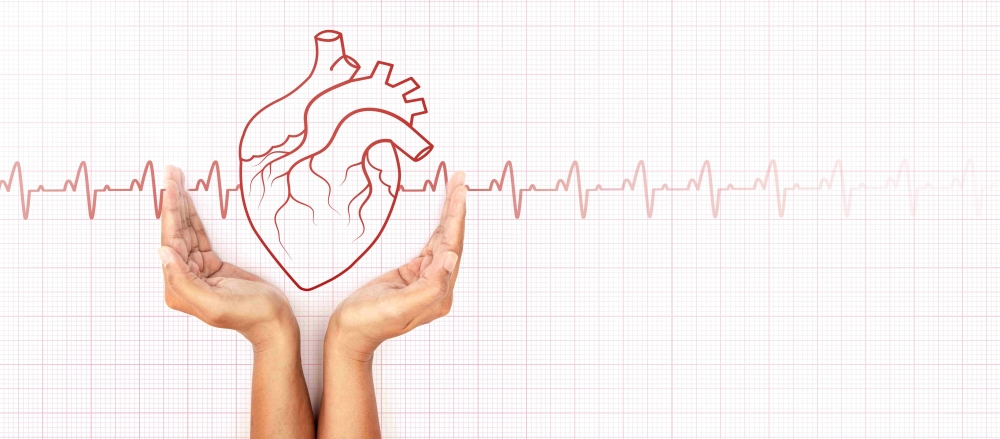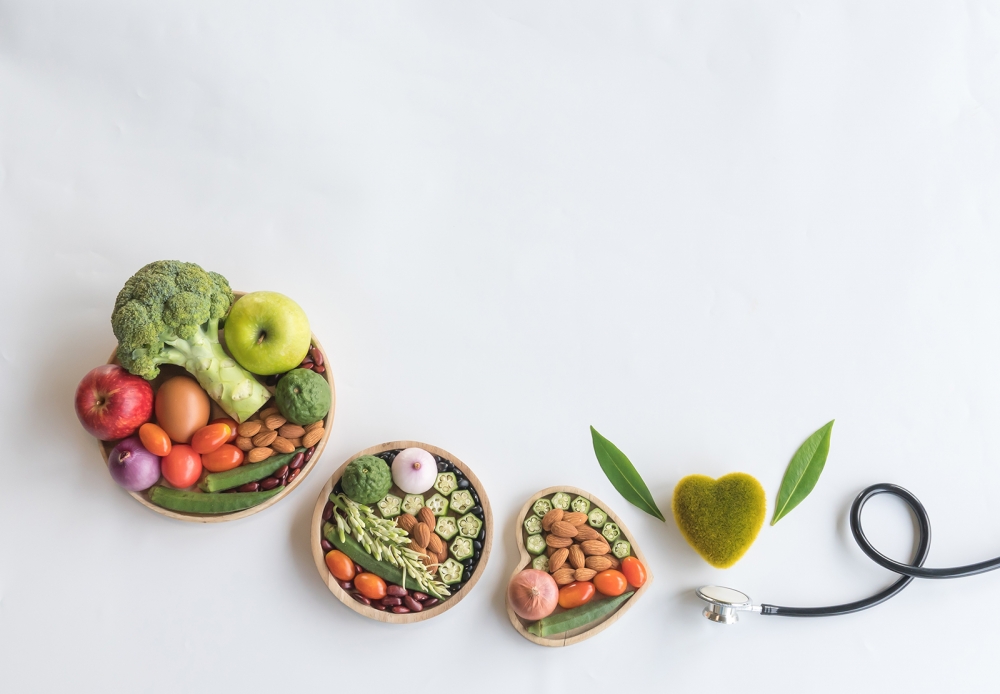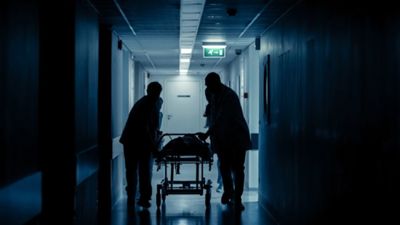Keeping children safe from fractures and falls this festive season
AS families gear up and make plans to celebrate Hari Raya, it's important that parents take into consideration the safety of their children during the festive season.
As children are easily excitable whilst playing, they are more susceptible
to falls and bumps during celebrations – hence parents need to ensure they are kept safe to prevent any untoward injuries.
The Ministry of Health has found that falls are the most common injury to occur within the comfort of one's home, with children aged between 1-4 being more prone to such incidents.
Sunway Medical Centre Velocity (SMCV) consultant orthopaedic, trauma and paediatric orthopaedic surgeon, Dr Maria Wong, says such injuries tend to see an increase during the festive seasons as there is more movement and travelling involved.
She explains that the most common fractures in children tend to occur in the elbows, forearms and wrists as they try to break their fall by landing on outstretched hands.

As children are easily excitable whilst playing, they are more susceptible to falls and bumps during celebrations.
Different fracture patterns can be observed in different age groups. For young children under the age of four, incomplete fracture patterns such as plastic deformation (the deformation of a bone), buckle (when a bone slightly crushes in on itself) and greenstick fractures (when a bone bends and cracks) can happen without obvious severe deformity.
Sometimes, older children may have a growth plate injury, which may be overlooked as a simple bruise or soft tissue injury.
A key sign that the injury is not just a simple fall would be the reaction of the child to the affected area.
Dr Wong says young children may not be able to articulate their symptoms or pinpoint the exact location of the injury, so adults should pay attention to
their reactions and look out for signs that are out of the ordinary.
"A witnessed fall or injury leading to progressive pain and swelling over the limb after 48-hours is a sign that there may be a fracture. The child may refuse to use the limb or cry upon touching or moving the joint."
While it can be scary for both child and parent to make a trip to the hospital following a fall, it is key to act quickly to prevent the injury from progressing.
SMCV medical director and consultant emergency physician, Dr Wee Tong Ming, says parents should seek treatment immediately if there is severe pain or deformity of the affected limb.
"If the child refuses to move or use the injured limb, or if swelling does not subside after 48 hours, they should visit a doctor," he explains.
Early treatment is important. For displaced fractures, when the bone fragments are out of alignment, splinting is needed as excessive movement may cause secondary injuries to the surrounding structures such as nerves and blood vessels.
Even with milder injuries, it's crucial to seek early treatment as well – the fracture may be missed without investigations such as X-rays.
For injuries such as a growth plate fracture, delayed diagnosis and treatment may cause stunted growth of the affected bones and impact a child's life, he adds.
In most cases, healing from bone fractures can take anywhere from 6 to12 weeks, depending on the fracture site.
Dr Wee encourages parents to ensure that the child follows the treatment plan given by the doctor which may involve casting or splinting of the limb and even surgery.

Early treatment is crucial.
Emotional support throughout the journey is also important so that children know that this is all part of the necessary recovery process.
Aside from encouragement from parents, Dr Wong notes that some time out in the sun - with proper supervision is beneficial.
"A good dose of sunshine helps with Vitamin D absorption which is crucial for strong bone development. A diet or milk fortified with Vitamin D and calcium is also great for growing bones," she adds.
KembaliSuggest to Read









